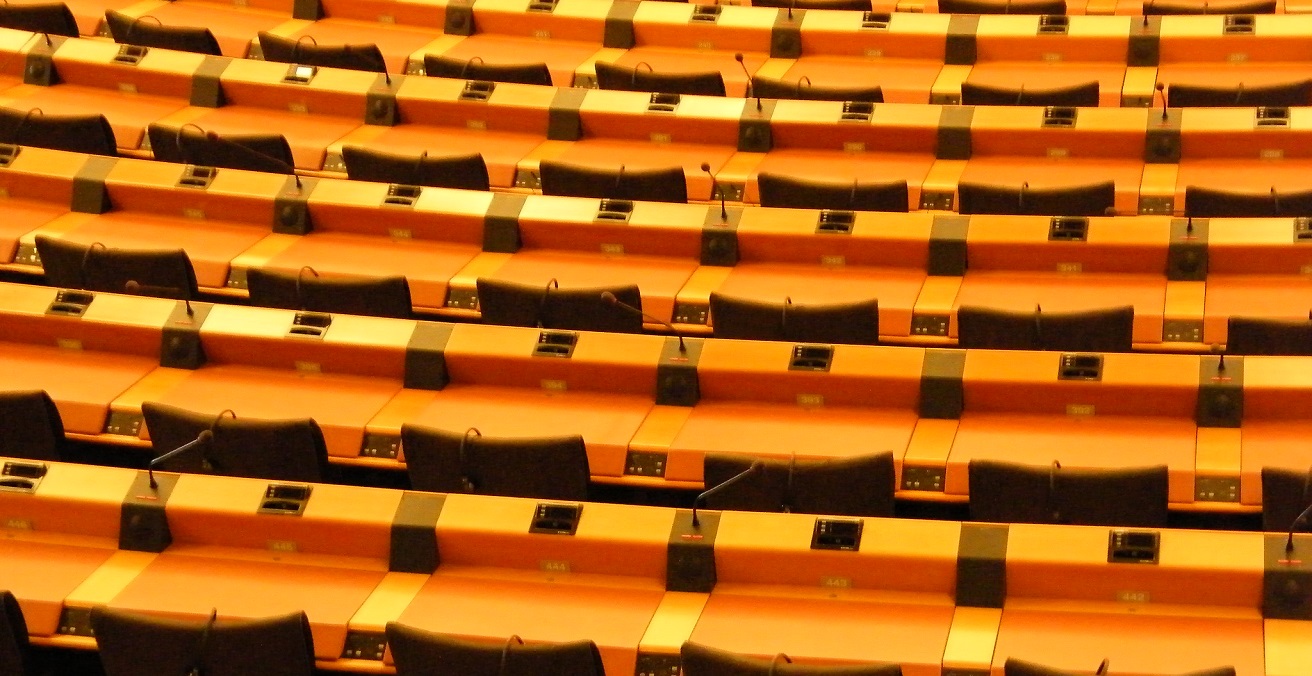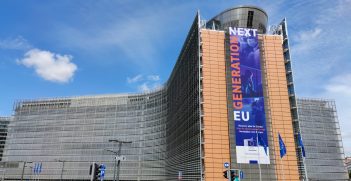The Geopolitics of the New European Bauhaus: Towards a Green Post-COVID-19 World?

As the world prepares to emerge from the pandemic with the new vaccine hopes, European nations are contemplating more climate neutral economic recovery. But the practical implications of the EU’s grand green ideas in Europe and beyond remain to be seen.
At the start of 2020, the new EU “geopolitical” Commission envisaged to strengthen the coherence between internal and external EU economic policies to build more strategic power in external relations. Its green strategy, framed as “European Green Deal,” has envisaged that Europe would become the world’s first climate neutral continent by 2050. In spite of, or rather due to, the pandemic, the Commission has been creative in attempts to turn coronavirus challenges into green (and digital) economic opportunities. As the year draws to a close, the Commission’s ambitions have been met with Member States politics, requiring further creativity in the implementation of the green plan for Europe.
The EU’s Green Vision
European Green Deal revolves around investment, innovation, and creativity. It comes with financial mechanisms, such as the Green Deal Investment Plan and the Just Transition Mechanism, envisaged to “unleash a green investment wave” by mobilising at least €1 trillion in public and private investment. A vision of the New European Bauhaus, presented in an op-ed by the Commission’s President Ursula von der Leyen, has been recently added as the plan’s complementary creative element, which should allow people to “feel, see and experience the European Green Deal.” Along the lines of the initial architectural Bauhaus movement of the 1920s, which shaped the social and economic transition to industrial society in Europe, the New Bauhaus is envisaged to support the transition towards a clean society in combining green economy, digitalisation, and aesthetics.
Exciting as it conceptually sounds, the European Green Deal should not, however, create winners and losers within the EU. This poses a challenge as differences between the Member States involve not only divergences in the level of their green development but also differences in their visions about the extent to which the EU economy should be green. Dreams about the new European Bauhaus of the richer and more sustainable parts of Europe must go hand-in-hand with ensuring sustainable transition of its more fossil-dependent regions and sectors. No one should be left at the periphery as the unequal distribution of costs and benefits could further fuel ideological wars.
Importantly, the divisions about socioeconomic fairness of green economy go beyond the usual West vs. East – Poland with its high energy dependency on coal being an example. However, these divisions are also very present within individual Member States, even those that aspire to be global leaders on climate change (exemplified in gilets jaunes protests in France). The coronavirus pandemic, with its unequal impacts across European societies and regions has only deepened these divisions, also explaining the disagreements between the Member States and EU institutions in allocating funds towards different goals of the new EU budget.
Solidarity of the Next Generation EU
Solidarity thus becomes a concept around which not only the Green Deal but also the new budget unfolds. While being the EU’s fundamental principle and value, solidarity nevertheless lacks a clear definition and thus leaves much leeway in determining its content. Rather than focusing on moralising about the substantive meaning of solidarity, the focus should be redirected to its practical aspects: the effective coordination of Member States’ actions toward the common goals – set in achievable rather than idealistic terms. A recent Council’s agreement on the Union-wide 2050 climate change neutrality is one such example of solidarity. However, these common goals can only be achieved if supported by sufficient financial means, inevitably requiring large fiscal transfers to those facing more challenges in the green energy transition.
The new EU coronavirus recovery package of €750 billion, in addition to the regular EU Multiannual Financial Framework of €1.1 trillion, should be a workable compromise, although the agreement reached at the European Council in June has somewhat watered down the Commission’s initial ambitions. Importantly, at least 30% of the funds will be dedicated to achieving climate change objectives, particularly aimed at supporting energy transition of non-green regions.
On the other hand, any prudent financial management requires sound conditionality, and the EU budget is no exception. Some of the conditionality aspects have been agreed in light of a workable compromise. Other aspects, however, have reached the breaking point. The (in)famous “rule of law” has at least as many (mis)conceptions as the solidarity itself – ranging from too generalised systemic issues, ideological disagreements to “the rule of the majority”.
The new green skies in Europe and beyond
Depending on the budget negotiations outcome, which should at this stage be seen with careful optimism rather than pessimism, the EU might have more financial power but it will still be constrained by internal institutional setup in the decision-making and implementation. Some aspects of the European Green Deal might be more easily achieved given the high level of EU policy integration (agriculture and food safety, environment and climate change) while others might be hampered by the unanimity requirements (adoption of tax arrangements such as carbon border tax).
In the global context, the EU will have to ensure that European companies do not compete at a disadvantage thanks to higher standards at home, which has always been a challenge in its own right. Convincing others about the benefits through soft ideas such as the New European Bauhaus is certainly part of the strategy.
“Geopolitics of mutual interests,” which in the EU context rather means multilateralism led by the EU, seems to be the main pathway in creating an “environmental level playing field.” However, it will most likely face the implementation challenges in a world that is increasingly divided along ideological lines. The EU places great hopes in renewing transatlantic partnership. In fact, post-Trump, Brussels is more likely to find common ground on global issues with Washington than with some of its own capital cities.
While the geopoliticisation of the European Green Deal could perhaps sound contrary to more traditional green approaches, it could lead to important advantages for Europe. Leading the global race towards decarbonisation would give the EU more normative power in setting the regulatory standards for clean technology. The move towards the renewable energy could also make the EU less energy dependant on foreign sources, and thus more independent from foreign interference.
Ambitions are high, while realities unavoidable. Europe’s post-COVID-19 strategy will be even more about the ways in which the EU works at home in order to achieve its goals abroad. The EU might not have the perfect record in following through with the practical realisation of its ideas. However, European ideas, even when lofty, have been avant-garde in influencing new waves in international thinking and creative designs. As with all grand ideas, only time will show how they unfold and what impact they will have beyond EU borders. We should allow ourselves to believe that, for once, future could be greener at both sides of the fence.
Dr Ivana Damjanovic is an Assistant Lecturer at the University of Canberra and a Visiting Fellow at the Centre for European Studies, Australian National University.
This article is published under a Creative Commons Licence and may be republished with attribution.





